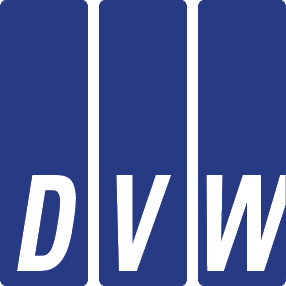Zusammenfassung
Das zivile Satellitenpositionierungssystem GALILEO wird voraussichtlich im Jahr 2011 in vollem Umfang einsatzbereit sein. Bereits während der fünf Jahre Entwicklungszeit werden von GALILEO Impulse für die europäische High-Tech-Industrie erwartet.
Auch die Geoinformationsbranche befasst sich intensiv mit dem möglichen Potenzial von GALILEO für GIS-Anwendungen: Besonders mobile GIS könnten aufgrund der verbesserten Signalverfügbarkeit und der Kopplung von GPS bzw. GLONASS und GALILEO eine neue Qualität erreichen.
Die derzeitigen Motoren des Geoinformationsmarktes sind zweifelsohne Earth Viewer wie Google Earth, Microsoft Virtual Earth etc. Diese bedienen als reines Auskunftssystem sowohl den Massenmarkt, werden aber durch stete Weiterentwicklung und offene Schnittstellen auch für GIS-Experten eine wachsende Rolle spielen.
Inwieweit GALILEO ebenfalls die komplette Hierarchie der GIS-Nutzer vom reinen Anwender bis hin zum Entwickler durchdringen kann, ist aufgrund der für aussagekräftige und verlässliche Marktanalysen zu langen Zeitdauer bis 2011 nicht abzuschätzen. Unbestreitbar aber wird die entscheidende Rolle für marktfähige GIS-GALILEO-Anwendungen die Interoperabilität spielen, die ohne leistungsfähige Schnittstellen nicht zu verwirklichen ist.
Im Laufe der nächsten Jahre werden prototypische Entwicklungen im GALILEO-Testgebiet GATE das Potenzial und die Machbarkeit von Anwendungen und Szenarien von GALILEO in Verbindung mit GIS aufzeigen.
The estimation of regular velocity fields from irregular distributed GPS stations corresponds to the problem of scattered data approximation with free form surfaces. The method of Multilevel B-Spline Approximation is a powerful tool to solve this problem. The iterative evaluation of approximation surfaces leads to a best fit approximation of the station velocities. The comparison with the very common collocation method emphasises the advantages of the Multilevel B-Spline Approximation method.
Summary
The civil satellite positioning system GALILEO will be fully ready for use presumably in the year 2011. Already during the five years of development impulses by GALILEO for the European high tech industry are to be expected.
The geo information industry also concerns itself intensively with the possible potential of GALILEO for GIS applications: Particularly mobile GIS could achieve a new quality due to improved signal availability and the coupling of GLONASS and GALILEO.
The present engines of the geo information market are doubtless Earth Viewer such as Google Earth, Microsoft Virtual Earth etc. These serve the mass-market as pure information systems, but they will play an increasing role for GIS experts as well due to constant further developments and open interfaces.
To what extent GALILEO will likewise be able to penetrate the complete hierarchy of GIS users from user only to developer, can not be guessed because of the time period until 2011, too long for reliable market analyses. Without doubt however, the crucial role for marketable GIS GALILEO applications will be played by interoperability, which is not to be realised without efficient interfaces.
Over the next few years prototypical developments in the GALILEO test area GATE will show the potential and the feasibility of applications and scenarios of GALILEO in connection with GIS.

